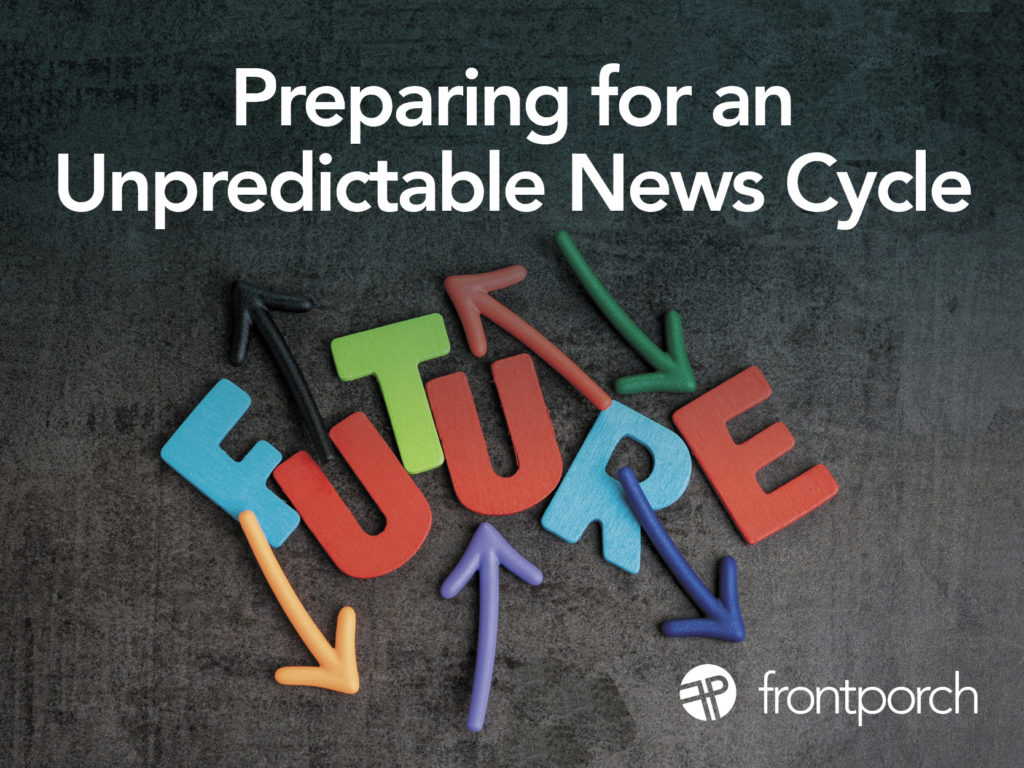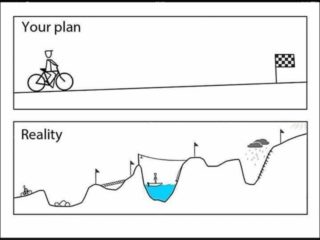
Several factors can help a client’s message stand out if you’re pitching during an election year. It’s a politically charged period when pitching to the media, so here are tips to navigate a pitch.
Unraveling the Influence of Regulation and Laws
Understanding the influence of regulations and laws is a pivotal factor in effectively positioning a client’s message in the media if you’re pitching during an election year. The outcome of an election can significantly impact regulations and future legislation. By understanding and articulating how a client’s skills and knowledge align with these potential changes, you can empower your client’s audience. This can be done by highlighting specific bills and policies that could have legal implications after the election.
Be Patient and Persistently Pleasant When Pitching During an Election Year
Patience and persistence are not just important, they are crucial. The media landscape is unpredictable, especially during an election year, and journalists, reporters, and bookers are feeling the pressure now more than ever. If they don’t respond to your pitch email right away, don’t be discouraged. It’s acceptable to follow up, but be kind, compassionate, and understanding when you do so. The media is under unprecedented pressure to keep their audiences informed as quickly as possible.
Presenting Expert Commentary, Not Punditry
Positioning clients as experts who can offer informed commentary on specific topics is not just a strategy; it’s a key strategy. This approach not only sets them apart from mere pundits but also adds depth to their contributions, helping them avoid the pitfalls of engaging in politics.
Featuring Lifestyle Content When Pitching During an Election Year
PR agencies encounter special challenges if they’re pitching during election years. Journalists understand the value of promoting uplifting, inspiring, and powerful lifestyle messages. Despite global events, lifestyle content remains relevant, and people will continue to seek positive stories amid political unrest. Whether it’s about health, wellness, self-improvement, or feel-good stories, there’s a place for it. The key is to find angles that naturally fit within the broader media landscape while maintaining a balance.







 Although it may seem counter-intuitive, one of the main components of your crisis management plan should be proactive, positive outreach NOW –
Although it may seem counter-intuitive, one of the main components of your crisis management plan should be proactive, positive outreach NOW –